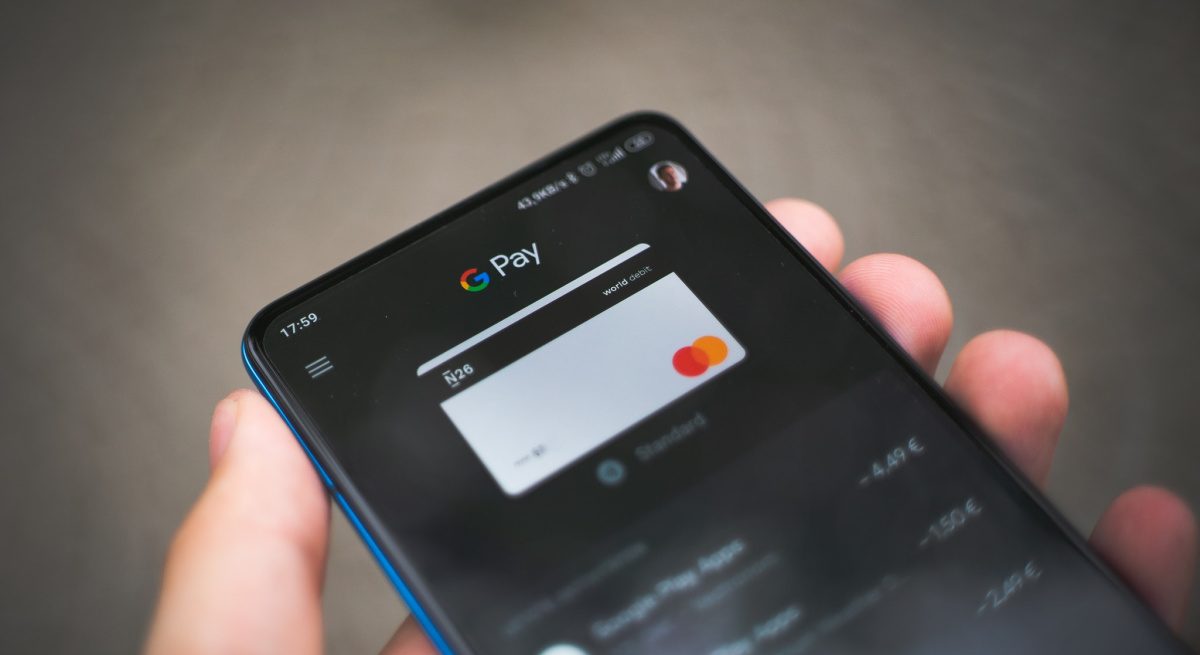Four Simple Ways to Integrate Contactless Solutions in Your Restaurant Reopening Strategy
3 Min Read By Ravi Racharla
Even before the pandemic, digital and touchless solutions were starting to become more mainstream in our day-to-day lives. But the viral spread of COVID-19 forced us to consider how we interact with people on a daily basis, as well as the potentially harmful germs we could be exposing ourselves to. As restaurants adjust their protocol to safely reopen, contactless experiences will be important in preventing the spread of this infectious disease. Because contactless solutions are hygienic, efficient, more secure, and in some cases can increase profitability, they will be a key strategy to ensuring a restaurant’s survival.
There are four touch-free methods restaurants can deploy now to ensure they are reopening in a way that promotes health and safety for their staff and guests as they work together to slow the spread of the coronavirus.
Contactless Menus When it comes to menus, many restaurants have been brainstorming solutions like easy-to-wipe down laminated menus or…
Sorry, You've Reached Your Article Limit.
Register for free with our site to get unlimited articles.
Already registered? Sign in!


